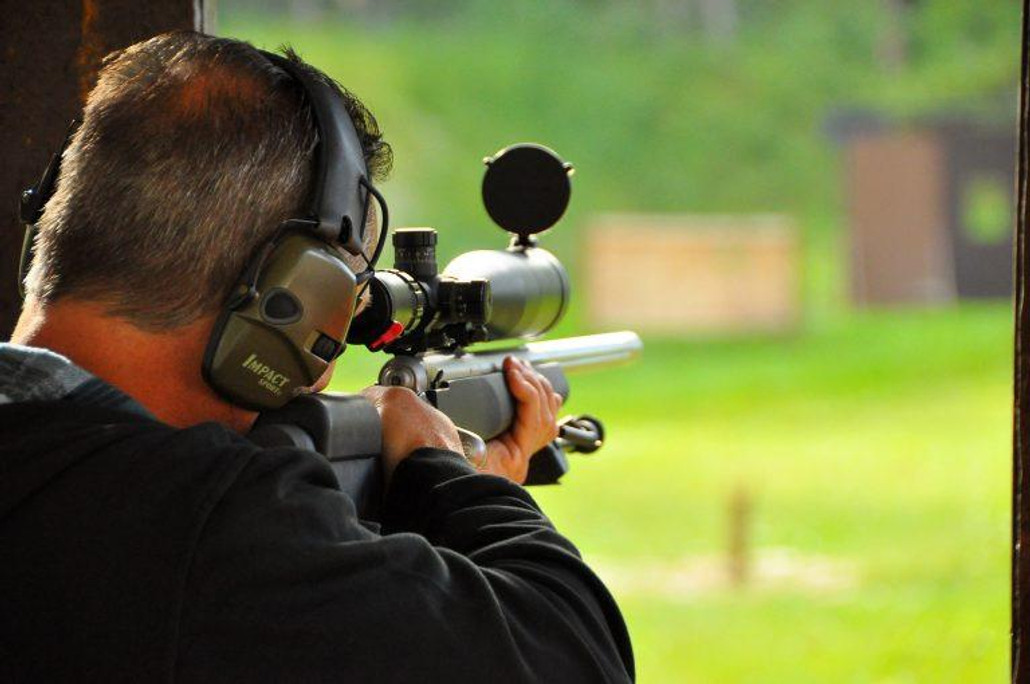Posted by MDT Modular Driven Technologies on 2016 Apr 12th
CALLING THE SHOT
One of the marks of a skilled shooter, is the ability to predict where a bullet will strike before it arrives at the target. It’s a prediction made in the split second between the time a firearm discharges and when the bullet arrives. If that sounds like voodoo to you, I can assure you it’s not. It’s known as “calling the shot” and it’s a skill which is well within the capabilities of anyone who wants to dedicate themselves to the art of trigger pulling.
Calling a shot and predicting a bullet’s impact point on a target is a learned skill which simply involves capturing the sight picture at the instant of a firearms’ discharge. It’s like snapping a mental photo of the sight’s relation to the target at the moment the shot breaks. Thanks to the capabilities of the amazing human brain, that image can be processed before the bullet arrives, enabling the shooter to know where the bullet will hit before it gets there.
The ability to consistently self-analyze and call shots accurately is of critical importance in position rifle shooting, where the amount of support is limited to the shooter’s limbs and muscles. However, it’s also a valuable skill for shooters playing games which allow more mechanical support, such as bipods or sandbags. For example, imagine a shot which the shooter “sees” and calls as being less than perfect; in this case, a shot which will strike to the right of the bullseye. Because he knows the miss to the right was his fault, and not an error in reading the wind, he isn’t tempted to start dialling in a wind correction, a correction which would result in him chasing his shots all over the target. Instead, his accurate self-analysis tells him to focus on his breathing and trigger technique, where the problem really lies.
Shooters who have no demonstrated ability to call their own shots are often plagued with a variation of flinching. But this kind of flinch isn’t the sort where a shooter closes both eyes, pulls his head away from the gun and jerks the trigger. It’s much more subtle. This type of flinch may just be an inadvertent blink which occurs when the gun discharges. That blink is enough to loose the sight picture and prevent that mental image-snap from occurring.
One of the best ways to develop the ability to call shots is to dry fire. When the gun goes click, snap a mental picture of what the sight picture looked like. Then move up to an airgun or a rim-fire rifle. Once you can call the shots with a light-recoiling rifle, moving up to a big bore is just a matter of applying the same principles, perhaps with a little extra self-talk to keep from anticipating the recoil and the noise in the form of a flinch.
When learning to call shots, shoot at a distance from which you can’t see bullet holes, either with the naked eye or through your rifle scope. You’ll just be tempted to cheat. Dial down your riflescope magnification if need be. Then go ahead and practice, but after each shot make a solid attempt to call the bullet’s location before checking through your spotting scope. Fire the shot, make the call, then confirm it through the spotting scope. It’s an easy exercise and well worth the time and effort. Calling the shot is a critical skill for shooting at a high level.


 CAD
CAD
 Euro
Euro
